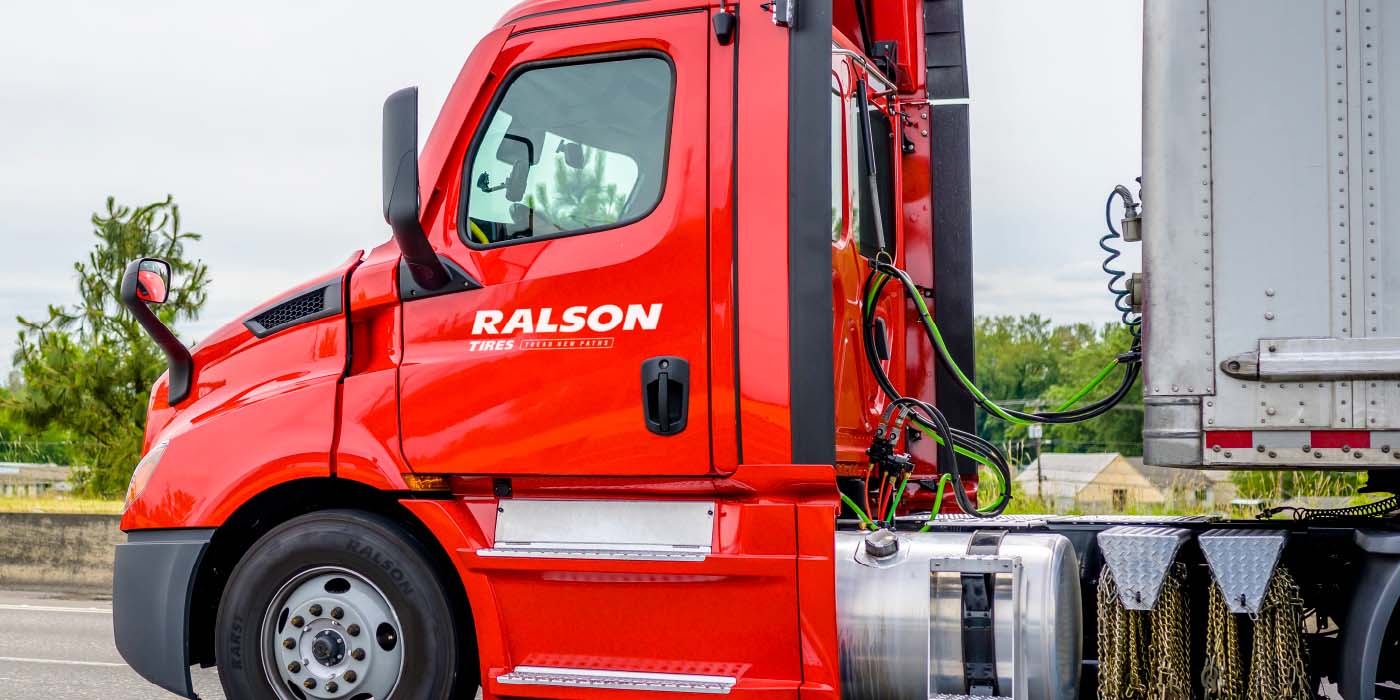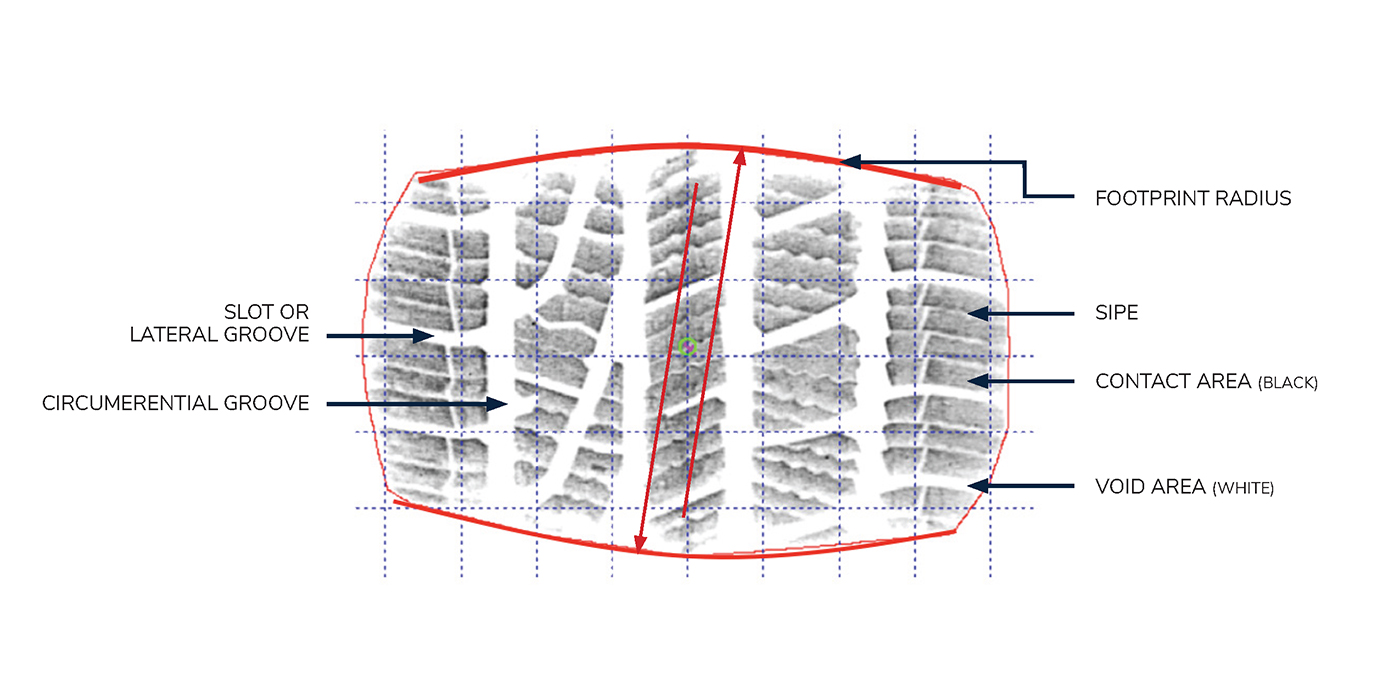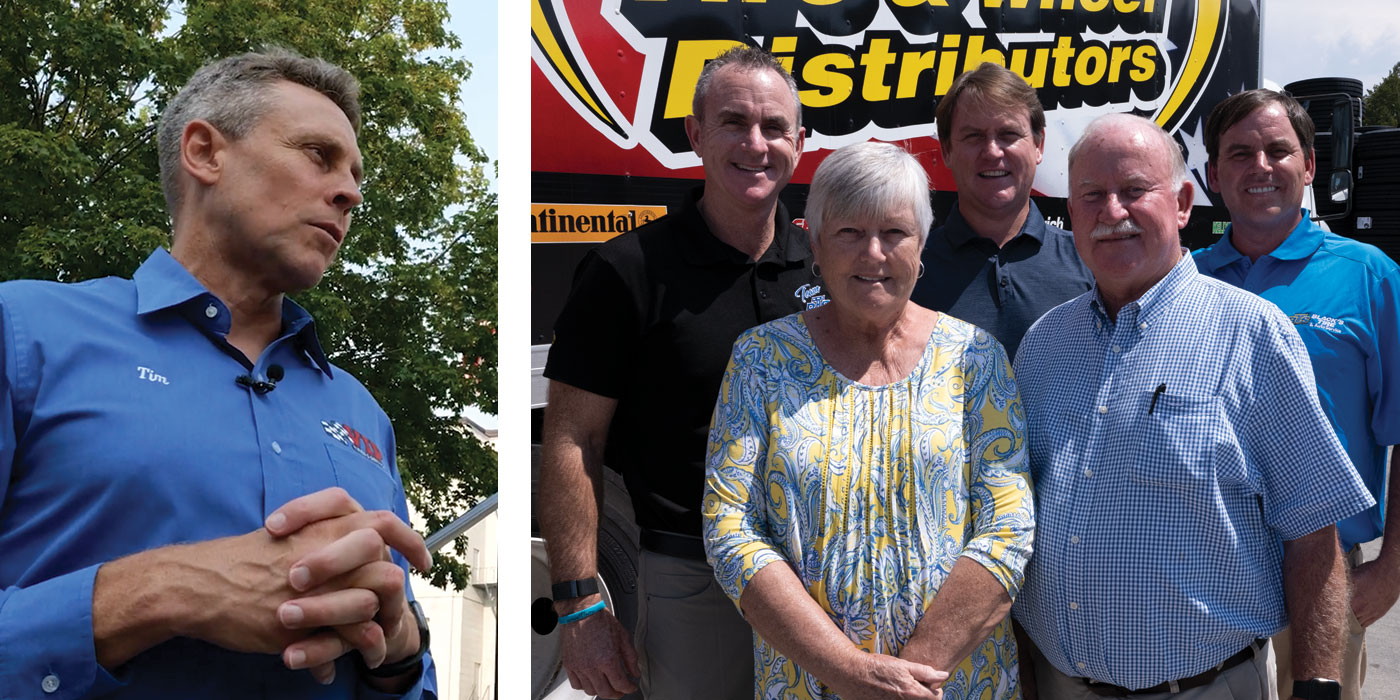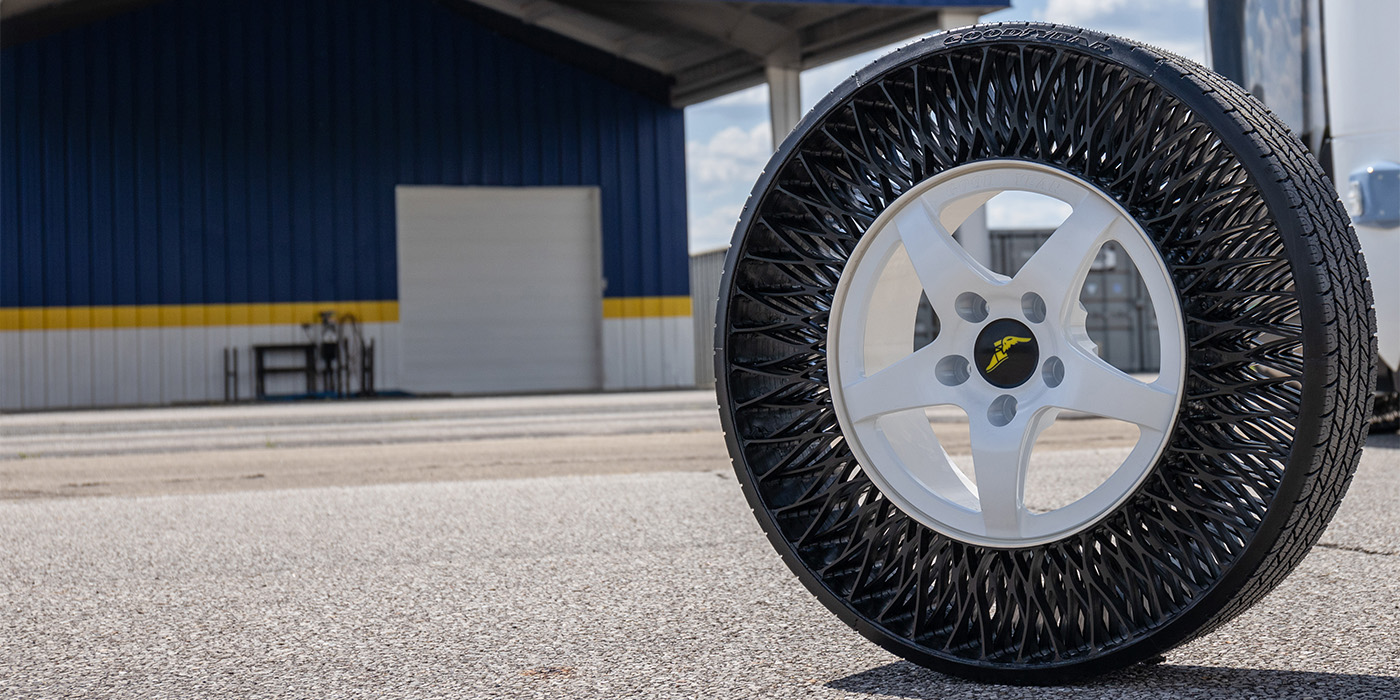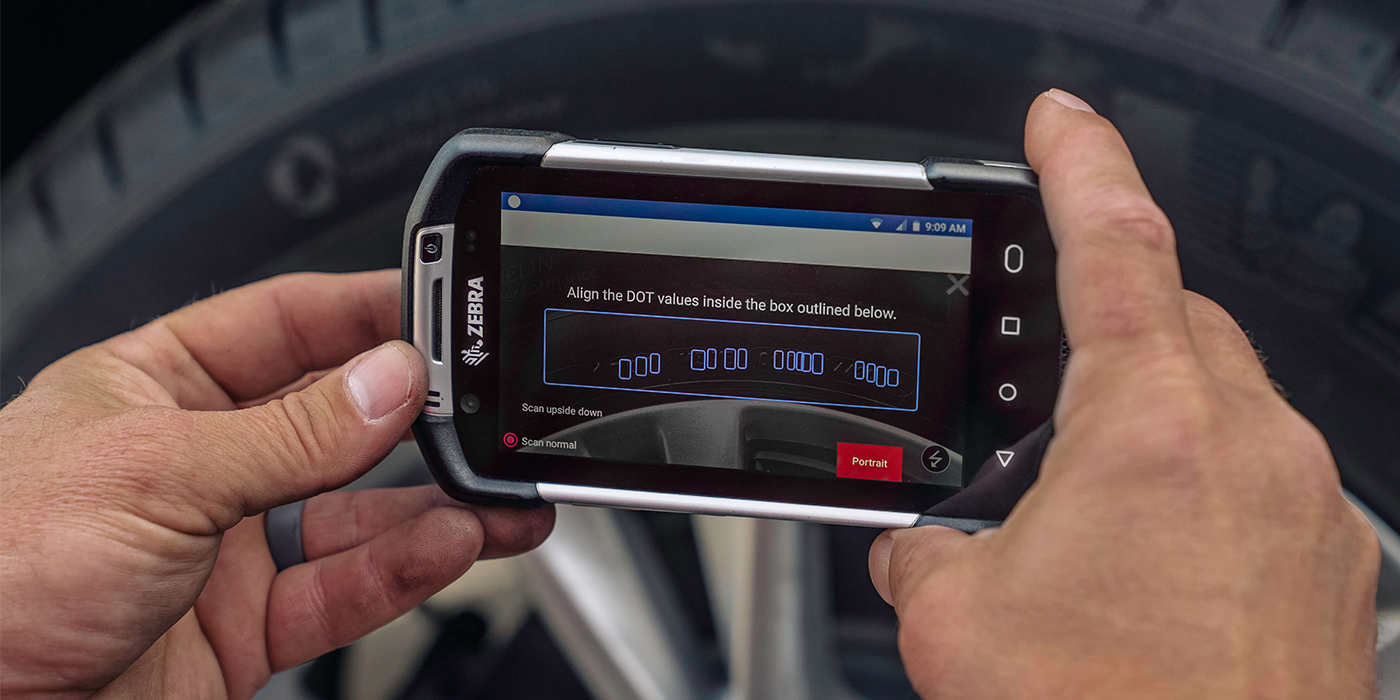Where is the burning in effigy? Where are the “must-see” daytime Congressional hearings on TV? Where is the loud-n-long public outcry and local news stations bleating endlessly about how a corporation could so callously produce dangerous products and stand by while people were being killed?
Sounds a lot like the great Ford-Firestone recall of 2000, doesn’t it?
Except that it isn’t.
I’m talking about the collective yawn from the American public over General Motors’ massive recall of some 6.3 million vehicles since February – 2.6 million alone over faulty ignition switches that have been blamed in the deaths of more than a dozen people.
The switches were a problem, not surprisingly, that the General knew about but avoided dealing with directly. Would have cost 90 cents per car to fix. Instead, GM quietly made almost imperceptible changes to the unit, preventing future vehicles from shutting down, panicking drivers who suddenly had no power steering, power brakes or airbags, as is alleged.
But they chose to do nothing about the older faulty switches. GM callously calculated that the cost of a full recall outweighed what the in-line switch was too great.
Except now it is writing a lot of checks for a lot more money.
I say “not surprisingly” because every car company – well, every manufacturing company, including tires – have people whose job it is to weigh the potential monetary damage of a faulty product against the cost of publicly dealing with the problem. Not when they can be managed in a quieter fashion, if at all.
Back in 2000, Ford took a different tack and decided the cost of recalling years (and millions) of Explorer SUVs was too high compared to blaming Bridgestone and getting the tiremaker to recall some 6.5 million tires instead.
Except those Explorers were, indeed, faulty.
In May 2010, the Washington Post reported on then recently unearthed internal Ford documents that conflicted with claims that “only tires were to blame and call into question NHTSA’s decision not to open a full investigation into the Explorer.
“The Ford memos show that the company’s own engineers had discovered potential dangers in two key Explorer features…that could make the vehicle especially lethal during a blowout,” the story read.
The problem had been there for at least a year prior, the documents would state plainly in various subsequent lawsuits against Ford. Stability problems under a “hard shift” were found in 50 Explorer rollover crashes in Venezuela in the late 1990s, and Ford “engineers concluded that they should replace the shock absorbers for customers to ‘save lives,’” the Post reported. And they did, but only in Venezuela.
“It bears repeating: This is a tire issue and only a tire issue,” then Ford CEO Jacques Nasser testified at a House committee hearing in June 2001.
Except it wasn’t. Entirely.
There were some problems with the Firestone brand tires in question, but only a very small part of the recalled population were affected, it turned out. Ford’s low recommended inflation pressure, poor suspension design and over-loaded conditions were actually to blame for many of the fatal accidents.
But it was the tires – and Bridgestone and the Firestone names – that were bashed like a birthday party piñata. Not Ford’s, even today.
Thankfully, tires cannot be blamed for GM’s current woes. Or Toyota’s huge recalls over the last several years. Or just about any car recall since 2000.
What has become a noted causal factor, though, has been NHTSA’s “Hear no evil, See no evil, Speak no evil” approach to auto safety.
NHTSA knew well in advance that there were problems with Explorers and with unintended acceleration problems with Toyota models, but chose to do nothing, the Post reported in 2010.
By the time you read this, GM CEO Mary Barra will have been grilled by attention-hungry Congressmen over why it took so long to address an issue GM itself discovered back in 2001. Despite the pro-GM crowing of certain automaker apologists in the media, Barra is “taking no chances with safety,” and is pulling back 2.6 million 2003-11 Cobalts, HHRs, Saturn Ions and Skys, Pontiac G5s and Solstices.
She’s being so un-Nasser-like, isn’t she?
Perhaps Congress should save its sharpest tongue for NHTSA about how the agency has repeatedly missed and misread fatal flaws like this and Ford’s and Toyota’s and many others.
Already under fire for its sloth-like approach to accomplishing anything (Anyone seen the final-final-final version of the tire fuel efficiency testing and consumer education regulations?), NHTSA leadership should be called out over their obvious and continuous failings.
But that would be so un-Washington-like, wouldn’t it?

